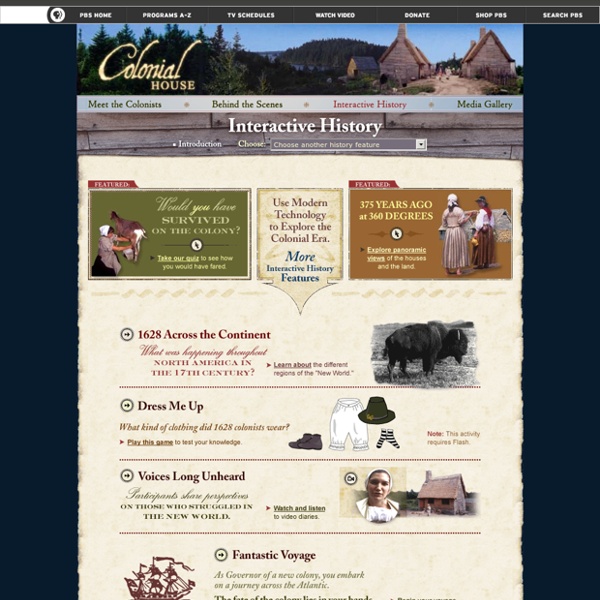



100 Years of Conflict We compiled this piece to explain the key global events of the last 100 years to coincide with the centenary of World War One. We’ve used a variety of graphics, timelines and data visualisations to explain the chain link of events that lead us to global politics as they are today. If you want to make further suggestions on what we can work in, let us know on the comments. By 1914 Europe was divided by two major Alliance systems: The Triple Alliance between Germany, Austria Hungary and Italy and the Triple Entente, between France, Russia and Great Britain. The balance of power was delicate, with tension building in a pot of nationalistic fervour, militarism and Imperial ambition. Heir to the Austro-Hungarian throne Archduke Franz Ferdinand was assassinated in Sarajevo by Gavrilo Princip on 28th June 1914. World War One Western Front Battle Timeline The Costs of World War One Political Consequences of World War One The First World War totally altered the political landscape of Europe.
Frontier Life in the West Posted Feb 23, 2011 Share This Gallery inShare281 Between 1887 and 1892, John C.H. Grabill sent 188 photographs to the Library of Congress for copyright protection. Grabill is known as a western photographer, documenting many aspects of frontier life — hunting, mining, western town landscapes and white settlers’ relationships with Native Americans. Most of his work is centered on Deadwood in the late 1880s and 1890s. Title: "The Deadwood Coach" Side view of a stagecoach; formally dressed men sitting in and on top of coach. 1889. Title: Villa of Brule A Lakota tipi camp near Pine Ridge, in background; horses at White Clay Creek watering hole, in the foreground. 1891. Title: Ox teams at Sturgis, D.T. Title: The last large bull train on its way from the railroad to the Black Hills Summary: Train of oxen and three wagons in open field. 1890. Title: Freighting in "The Black Hills". Title: Freighting in the Black Hills A woman and a boy using bullwhackers to control a train of oxen.
History ExplorePAHistory.com World War II and the Holocaust The Holocaust was the state-sponsored, systematic persecution and annihilation of European Jewry by Nazi Germany and its collaborators, between 1933 and 1945. Jews were the primary victims - six million were murdered. Roma (Gypsies), physically and mentally disabled people and Poles were also targeted for destruction or decimation for racial, ethnic, or national reasons. Millions more, including homosexuals, Jehovah's Witnesses, Soviet prisoners of war, and political dissidents also suffered grievous oppression and death under Nazi tyranny. The Nazi Party came to power in Germany in 1933. Adolf Hitler moved to extend German power in central Europe, annexing Austria and destroying Czechoslovakia in 1938-1939. In the aftermath of the violence of the Kristallnacht pogroms, the Nazis instituted the first systematic roundups of German and Austrian Jews. Germany invaded Poland in September 1939, beginning World War II. In June 1941, Germany attacked the Soviet Union.
Interactives archive: Flight Anatomy of ConcordeOn this detailed cross section, examine the features that enabled it to fly faster than sound. Anatomy of a JetlinerLook under the floorboards, above the ceiling, and inside the wings at a jet's sophisticated internal systems. Antique AviationHear three pilots describe what it's like to fly pioneer aircraft. Built to FlyCompare the anatomy of the oldest known bird and its dinosaur cousins. Colditz Glider, ThePOWs held within a Nazi prison secretly built an escape glider in an attic of the prison. Designing for StealthHow do you render a 15-ton hunk of flying metal nearly invisible to the enemy? Getting AirborneSend a plane down a runway at top speed and see how it achieves enough lift to take off. Imaging With RadarSee what synthetic aperture radar can see with this picture of Washington, D.C., taken on a snowy winter's day. MiG vs. Outfitting a Fighter PilotA pilot's gear is a sophisticated support system that can save his life in deadly situations.
Ancient World Cultures Little Known Facts About Slavery Who Sold Whom? To quote once again the words of freed slave Ottobah Cugoano, who was writing in the late 18th century, we find the answer: "But I my own, to the shame of my own countrymen, that I was first kidnapped and betrayed by my own complexion, who were the first cause of my exile and slavery ; but if there were no buyers there would be no sellers." Sins of The Fathers: A Study of the Atlantic Traders 1441-1807", by James Pope-Hennessey, p. 174-5. The Other reasons for African slavery were, as we know, a certain number of anti-social crimes, such as adultery or theft. There was also, of course, slavery as the fruit of military conquest. But, until the Europeans came upon the scene, slaves were regarded inside Africa as useful and helpful people, whose ownership carried with it specific obligations - to feed, to clothe, to shelter and protect. The Confusing Origin of Lynch Laws Some important changes are noticeable in e definition attached to lynch-law forty years later. Ibid., p.40.